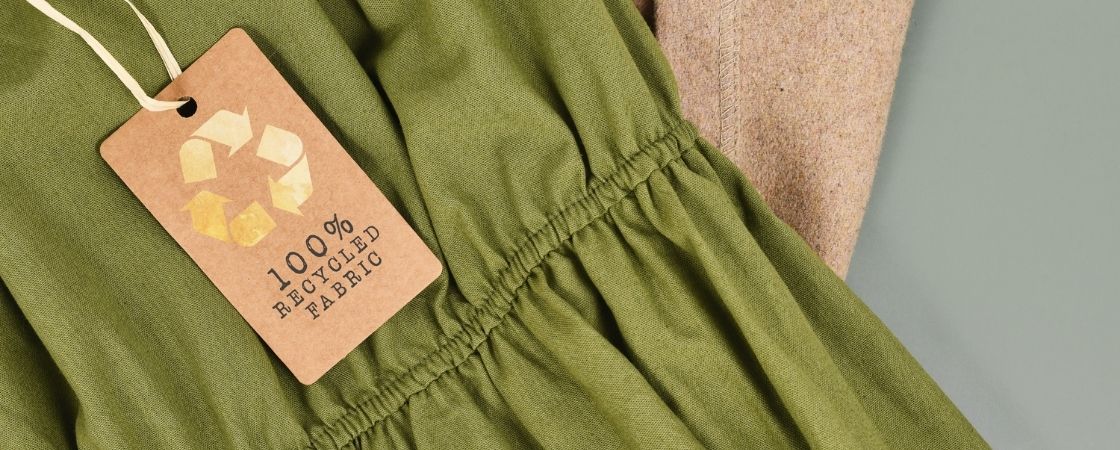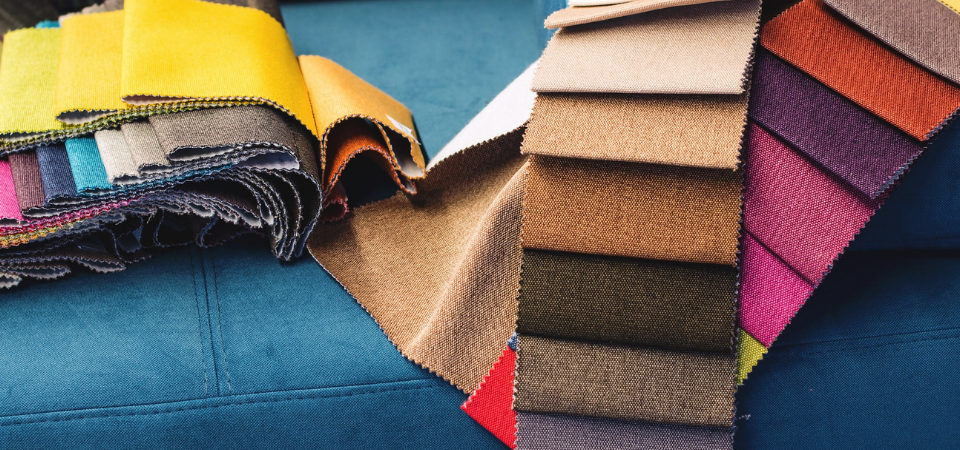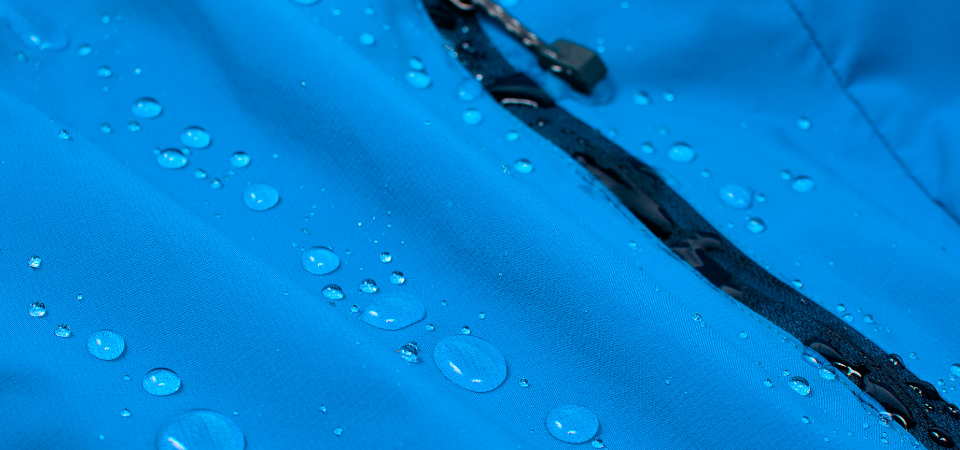
Different Types of Raw Materials in the Textile Industry and Importance
October 13, 2023
Innovative Approaches to Tackle the Textile Waste Problems
October 17, 2023The damage caused by fast fashion to the environment is a big fact, so textile waste is. The textile waste increases by billions of tons every year, and the environment is under great threat because of this. There are some sustainable methods that everyone can easily use to prevent waste generation and environmental damage, and recycling is one of them. Recycling clothes means that recycling old and no longer-used clothes into raw materials or second-hand clothes. Although this process seems quite simple, it is very effective in reducing the damage caused by textile waste to the environment. The recycling process has not only environmental but also economic and social impacts. Through recycling clothes, new business areas are opened and brands correct their reputation. It is an important step to prevent environmental damage, and that’s why recycling is one of the biggest responsibilities of everyone from consumers to suppliers.
What Are the Recycling Clothes?
Recycling clothes means reusing worn, old, and no longer-used clothing in different ways instead of throwing them away. Recycling can be done for many reasons, but the most prominent is to reduce textile waste and minimize the damage caused by the textile industry to the environment. In this way, the clothes are recycled and become a raw material and contribute to the production of new clothes. Recycled materials are used as raw materials, rather than natural or synthetic fabrics. Thus, carbon dioxide emissions are also reduced. Not only clothes, but all kinds of textile products can be part of this recycling. Recycling clothes, which is also part of slow fashion, is a very important process that needs to be learned and done by everyone for a sustainable future.
Why Recycle Clothes?
Recycling clothes has economic, environmental, and social impacts, so it is a very important process. It is very useful in reducing harmful effects, especially considering environmental impacts. When industrial and commercial sectors do recycling, they can prevent approximately 2.8 billion tons of carbon dioxide emissions. In addition, whether the harvest of raw materials or the production process is very harmful to the environment in textile production. A large amount of water, energy sources, and chemicals are used in production. With the help of recycled products, this process is prevented from recurring, and energy sources are also saved. For this reason, recycling is a responsibility of both suppliers and consumers to the environment, so it has to be learned in detail.
How Does Recycling Clothes Work?
The recycling process of clothes is quite easy and it consists of 3 stages.
1. Collection
Textile products must be collected for recycling, and companies use different strategies to do so. One of the most common forms of gathering is to place garment collection boxes in public areas. People who remain in their hands after consumption contribute to recycling by throwing them in these boxes. These boxes can be on the streets as well as in more crowded places like shopping malls. The strategy of collecting waste clothing is also implemented by door to door. In addition, some clothing brands can give their customers some incentives to contribute to recycling clothes. For example, there are applications such as a discount check at a certain rate in exchange for the waste clothes brought. This contributes to the collection of recyclable clothing.
2. Clothing Sorting
The second stage begins after all the clothes are collected. At this stage, the clothes are classified into 3 parts reuse, rags, and fiber. This classification is done manually and those who do so must master material information. There are also mechanical systems used to automate this process. It creates clothes that can be reused almost half of the clothes collected. Therefore, these clothes are sent to second-hand markets or abroad for export.
3. Processing
The component of recycled clothing affects the recycling method. Textile products generally consist of composites that can be broken down in nature, such as synthetic or cotton. This is also an important factor for indirect classification. When it is separated into natural and synthetic, each goes through different processes. Natural textile products are separated by color and material, so needs such as repainting disappear. Each of them is then becomes recycled fiber and used in the production of other products. This is different for synthetic materials. Usually, the fabric is cut into small pieces by removing details such as zippers and buttons. These pieces are then granulated and used in this way.
What Are the Benefits of Recycling Clothes?
Recycling clothes is a beneficial process in many ways, and some of them are as follows:
1. Reduces Pollution and Environmental Damage
The textile industry is the second largest pollutant worldwide, that’s why the damage caused by textile waste to the environment is an undeniable fact. Although natural raw materials such as cotton or silk are degradable in nature, they increase greenhouse gas emissions and cause great harm to the environment during the production phase. This loss causes reduced soil fertility and excessive use of energy resources. Synthetic materials such as polyester remain intact for up to 200 years in nature. For this reason, it continues to pollute water and soil for hundreds of years. Therefore, biodiversity and soil fertility are also preserved by reducing pollution. For a more sustainable future, the pollution of the textile industry should be reduced by environmental methods such as recycling clothes.
2. Creates Space in Your Home
Houses and closets are filled with unused clothes, and new clothes are added every year. In order to open more space at home and not create a pile of garbage with items not used in the home, it is necessary to evaluate these items in the most efficient way. Undoubtedly, these clothes is the way to use clothes both sustainably and beneficially. Unused clothes can be donated to someone else or taken into new form through recycling.
3. Reduces Your Carbon Footprint
Recycling clothes is highly effective in reducing carbon footprint. Raw materials turn into fabric and then into clothing while harming the environment greatly. All transactions, whether used chemicals or energy sources, have a negative impact on the environment. Greenhouse gas emissions are greatly reduced as production processes are not repeated with the help of these clothes.
How To Reuse Clothes?
There are many ways to reuse clothes that are no longer used but in good condition. One of them is the do-it-yourself style, and this method is as easy as anyone can do. With this method, it is possible to convert unused clothes into different items by making minor changes. For example, a scarf can sometimes be reused as a blouse. This also applies to slightly damaged clothing. You can reshape and use the product with patches and different types of stitches.
Recycling clothes also happens by donating clothes. Clothes in good condition can be donated to associations or others. In addition, these clothes can be sold in second-hand markets.
It is also possible to support the reuse of recycling by throwing your clothes in the recycling bins. Moreover, this method is the least tiring. When you discard everything, you don’t use in the clothing collection box closest to you, these products will already be classified as reusable.
Creating Awareness of Clothes Recycling
No matter how important the Recycling clothes are, many people are not aware of this. As people’s awareness increases, the responsibility they feel is increasing, and thus they are more willing to do sustainable activities such as recycling. Websites that provide information about the damage caused by textile waste to the environment and how to recycle can be effective in raising awareness. Advertising campaigns and billboards can also help to raise public awareness. The presence of informative boxes or signs in clothing stores can also be effective.




